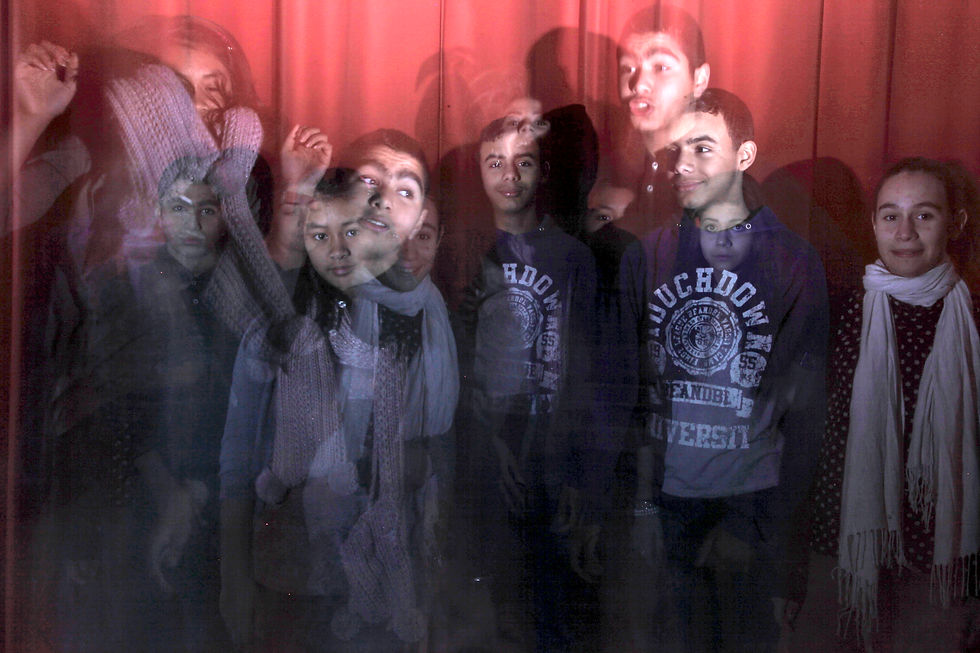Visual Art lesson including a partnership
Photography and movement, Visual Art lesson, addressed to 8th graders
Can photography show movement?
Sequence's objectives:
- Discover important benchmarks in the history of photography;
- Clearly communicate a project before realizing it
- Use photography with a specific purpose.
This lesson was created and conducted with the Maison Du Geste et de l'Image in Paris and the artist photograph Pierre Fabris.






1st session :
Introduction to the assignment and personal practice:
« Materialize movement»
Individual work: Describe a dance movement using very
fluid and very dry mediums. Both drawings must be handed
to the teacher at the end of the hour (don’t forget your name!)
Verbalization: How well does your image represent the movement? How did the material used affect your drawing?
Introduction to the 2nd assignment and collective practice:
« Materialize movement»
Around the table work: Describe a dance movement
using very fluid or very dry mediums.
Verbalization and collective assessment: What differences can be observed? Which material did you choose and why? How did the change of scale affect your drawing?
2nd session:
Presentation of sequence’s problem and objectives. Discussion on the nature of a photographic image around the painting Reading by Gerhard Richter.
Presentations and analysis of contemporary artistic references featuring body movement.
Vocabulary: gesture, posture, body in action, trace, dissociation, backlash, structure, fragmentation, development, capture, immediacy...
Definition of concepts related to the problem: body and motion, blur in painting, photographic blur .
Photographic experiments: blur from the subject or the camera, light writing, stop-motion…
Presentation of the project sheet with this assignment:
« Figures in motion »
Represent a movement using photographic techniques
shown during the course of Visual Arts. The image
or images produced should be aesthetic, artistic or poetic.
This means that you must try to convey an emotion
to the viewer through an image for which you will
have worked with colors, contrast, composition, etc.
For next week: complete the project sheet.


















3rd session:
Lesson and test on historical references and photographic techniques.
4ème session:
Discussion and choice of a project per table.
Around the table work: Realisation of the chosen project.